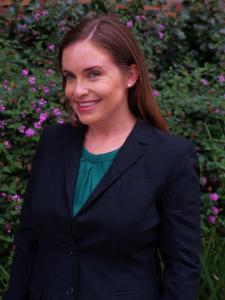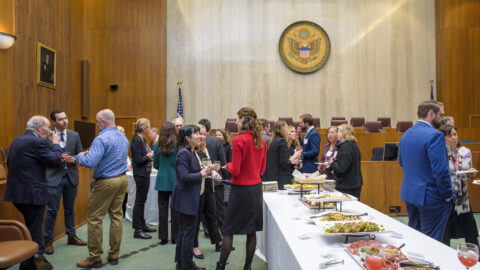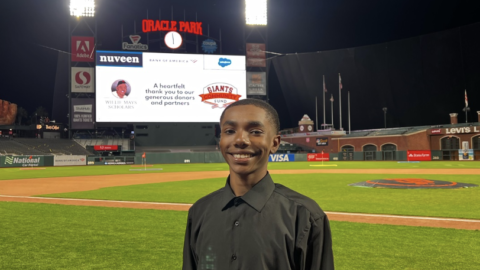
It is so easy to say we have come so far. After all, diversity in the legal profession has risen dramatically in the last couple of decades.
Advocacy groups and initiatives championed in recent years have made way for a more ethnically diverse workforce, the advancement of female lawyers, and even highlighting legendary efforts by LGBT lawyers.
The push for diversity in the legal profession is well known. Firms across the country have implemented strategies aimed at recruiting the best and brightest who are more representative of the melting pot that the legal profession has become. For example, the California Minority Counsel Program (CMCP) was profiled last month by the Huffington Post in celebration of its 25th year of “providing attorneys of color with access and opportunity for business and professional development.” In October 2014, the Wall Street Journal proudly reported on the advancement of female lawyers to top leadership positions in Biglaw. And according to figures collected in 2011, almost half of law firms employed at least one LGBT lawyer.
In the same year, a panelist at a roundtable discussion sponsored by the California Lawyer and CMCP examining the “business case” for diversity, stated:
“…numbers, by themselves, should not be the ultimate measure of diversity. Rather, I believe that success at law firms should be measured in terms of how successful we are in retaining and promoting diverse attorneys into leadership and/or high visibility positions. This requires firms, first and foremost, to create a culture of inclusiveness at the workplace where diverse attorneys feel valued.”
Case closed then, right? Wrong.
While such progress serves as measurable steps in the right direction, lawyers with disabilities have long been underrepresented or absent altogether from diversity discussions and the legal profession in general. An internet search for diversity yields thousands of results touting firms’ commitment to diversity by their recruitment of (and winning of awards) for adding women and lawyers of color to their ranks. Disability is all too often left out.
This is for two reasons. First, disability is often not as visible as race or gender, and thus is left out of diversity discussions. Second, firms may not feel comfortable highlighting their attorneys with disabilities, either due to privacy concerns, or because they are unsure about how to talk about people with disabilities.
These concerns are misplaced. For young attorneys and law students with a disability, nothing is more inspiring than a firm’s public recognition of its attorneys with a disability. This not only demonstrates the true recognition of “diversity” in all its forms, but it shows that lawyers with disabilities have a place in the legal profession.
Law firms have done an admirable job spotlighting their female and minority attorneys. Now, it’s time shine that light on lawyers with a disability.
About the author:

Shannon Smith is a graduate of Gonzaga University School of Law, where she was a member of the Student Bar Association Diversity Committee and the recipient of the Holly Caudill Award. She is a Bay Area native who returned to San Francisco to extern with the National Labor Relations Board. Most recently, she authored an article for institutional investors on the Target corporation data security breach. She may be reached at shansmithjd@gmail.com.
Related articles:
- Think Outside the Box, by Lesile A. Gordon, SF Attorney magazine (2007)
- Conference focuses on Maximizing Inclusion for Attorneys with Disabilities, by Sayre Happich, BASF Bulletin (2007)





0 comments on “Diversity Includes Disability”